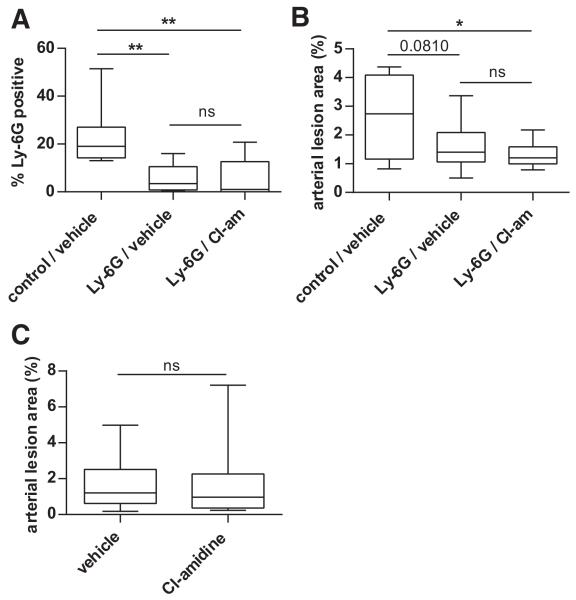Figure 7. Cl-amidine does not protect against atherosclerosis in neutropenic mice.
A, Apoe−/− mice exposed to high-fat chow were treated with vehicle or Cl-amidine from 7 to 18 weeks of age as indicated. Mice were also treated with either anti-Ly-6G or a control antibody from 8 to 18 weeks of age as indicated. At 18 weeks of age, peripheral blood was collected and anti-Ly-6G-positive cells were determined by flow cytometry as a percentage of total circulating leukocytes. B, Mice were treated as in A, and atherosclerotic lesions were quantified in arterial trees by en face Oil Red O staining. C, Apoe−/− Ifnαβr−/− mice lack the type I IFN receptor. These mice were exposed to high-fat chow, and were treated with vehicle or Cl-amidine from 7 to 18 weeks of age as indicated. Atherosclerotic lesions were quantified in arterial trees by en face Oil Red O staining. For all experiments, box- and-whisker plots show data for 10 mice per group, with boxes representing the median, 25th percentile, and 75th percentile; whiskers delineate the minimum and maximum values. *P<0.05; **P<0.01; ns indicates not significant. One P value that approaches significance is denoted.

